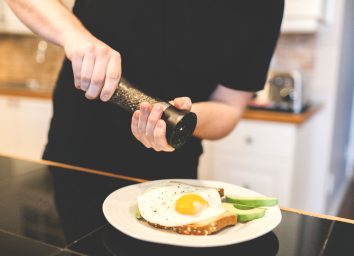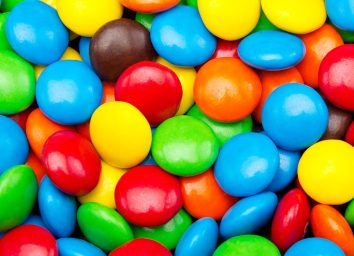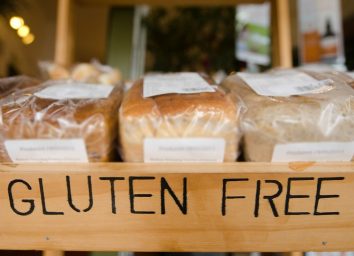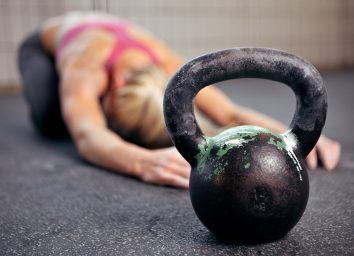The Ideal Protein for Weight Loss: Products, Food List, Alternatives, and Dangers
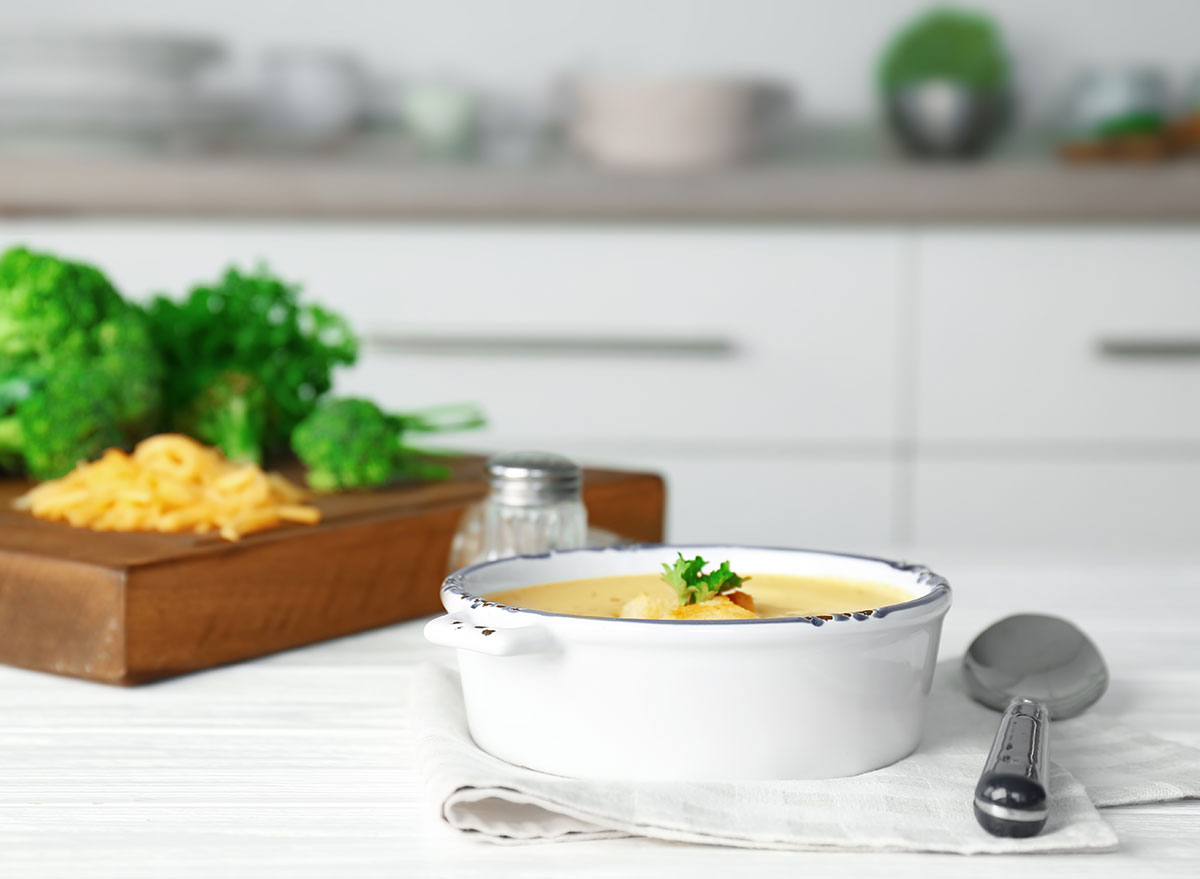
With the word “ideal” right there in its name, it’s easy to see why the Ideal Protein Diet has charmed its way into the hearts (and mouths) of thousands of consumers in the last several years. This four-phase, high-protein, low-carb eating plan calls itself a “ketogenic protocol” for losing weight—and judging from some glowing success stories on social media and the diet’s website, it might seem like a no-brainer for shedding pounds fast.
Still, many nutrition professionals have their reservations about recommending the Ideal Protein Diet as a healthy way to keep weight off in the long term. From the processed foods it requires to the dangers of dramatically dialing back your calories for months at a time, it isn’t necessarily a risk-free ticket to a healthy weight. We dug into the details of this eating trend and spoke with an RD to get the lowdown on its pros and cons.
How the Ideal Protein Diet works
The Ideal Protein Diet was developed by French doctor Tran Tien Chanh, MD, in 2004 as a low-calorie, ketogenic weight loss plan. Like a keto diet, the idea goes that, with reduced calories and the right balance of macros, you’re virtually guaranteed to lose weight. But not everyone agrees that Ideal Protein is actually ketogenic.
“A true keto diet has only about 5 percent of calories from carbs, (which can be as low as 30 grams per day) and about 75 to 80 percent from fats,” says registered dietitian Anne Danahy, MS, RDN. However, the overriding focus of Ideal Protein’s meal plans tends to be on protein, not fat. Eight-ounce protein choices round out up to three meals per day, depending on the diet phase. Many of the diet’s products also contain two to three times as much protein as fat, plus surprisingly high amounts of carbs. Even so, with its extreme calorie reduction totaling around 1,100 calories per day, it is likely to lead to some amount of weight loss.
Unlike many DIY keto or low-carb diets, Ideal Protein requires enrollment in a paid program at an authorized clinic. While the diet’s founders don’t maintain standalone clinics of their own, wellness businesses like chiropractic offices, weight loss centers, and nutrition practices can all become certified to offer the program. Health coaches at these clinics direct clients through the diet’s four phases. You’ll also purchase Ideal Protein’s pre-packaged foods at your in-person location.
The four phases of the Ideal Protein Diet
If you take the plunge on the Ideal Protein Diet, you can expect to work your way through its four phases: Weight Loss, 14-Day, Pre-Stabilization, and Maintenance. Here’s a look at what each involves.
Phase 1: Weight loss
The purpose of phase one, “Weight Loss,” is self-explanatory, and most people will spend the majority of their Ideal Protein journey here. Rather than a prescribed number of days or weeks, this phase is intended to last “until 100% of your weight loss goal is achieved.” This goal will vary from person to person, to be determined in collaboration with your health coach.
During phase one, your daily diet will include:
- Your choice of three of Ideal Protein’s branded foods
- An 8 oz. serving of “whole” protein at dinner
- Four cups of approved vegetables
- Unlimited approved raw vegetables and lettuce
In addition to these foods, the diet encourages using sea salt for seasoning, plus vitamin and mineral supplements like calcium, magnesium, and potassium.
Phase 2: 14 Days
Once you’ve achieved your weight loss goal, it’s time to move on to phase two. This 14-day module is only slightly modified from phase one, with the following daily guidelines:
- Your choice of two Ideal Protein foods
- 8 oz. servings of protein at both lunch and dinner
- Four cups of approved vegetables
- Unlimited approved raw vegetables and lettuce
Phase 3: Pre-Stabilization
The diet’s third phase prepares for the transition to reintroducing higher amounts of carbohydrates. During this period, which also lasts 14 days, a day’s diet looks like this:
- Your choice of one Ideal Protein food
- 8 oz. whole protein at breakfast, lunch, and dinner
- Four cups of approved vegetables
- Unlimited approved raw vegetables and lettuce
Phase 4: Maintenance
Finally, you’ll arrive at Ideal Protein’s maintenance phase, which lasts a full year. This module offers a few guiding principles, like limiting combinations of fat and carbs, calculating the right amount of protein for your body weight, and even allowing an “indulgence day.”
Sample Menu for Weight Loss Phase
Here’s an example of what a typical day on the Ideal Protein diet can look like.
- Breakfast: Ideal Protein Apple Flavored Oatmeal, coffee
- Morning Snack: Celery sticks
- Lunch: Broccoli and cheese soup, 2 cups steamed asparagus
- Afternoon Snack: Radish slices
- Dinner: 8 oz. chicken breast, Ideal Protein Macaroni and Cheese, 2 cups zucchini sautéed in 2 teaspoons olive oil
Foods to eat
With its restrictive nature, it’s fairly easy to keep track of which foods are permitted on the Ideal Protein Diet. In addition to its selection of pre-packed foods like bars, soups, and oatmeals, you can also eat a variety of high-protein foods and a specific list of vegetables.
Approved protein options can be animal-based or vegetarian-friendly, such as:
Mealtime vegetables with the Ideal Protein stamp of approval include:
- asparagus
- zucchini
- alfalfa
- kale
- leeks
- rhubarb
- summer squash
Meanwhile, you’re allowed as many servings of these foods as you like:
- lettuce
- celery
- mushrooms
- spinach
- radicchio
- endives
- radishes
Food can be seasoned with 1/2 teaspoon of sea salt and two teaspoons of olive oil or grapeseed oil. You can also have black coffee with breakfast and are encouraged to drink plenty of water.
Foods to avoid
Because the Ideal Protein Diet aims to adjust macros for weight loss, you’ll largely be kissing carbs goodbye (outside of those you’ll get in purchased products like oatmeal or bars). Be prepared to nix bread, cereals, pastas, and other grains. All fruits and high-starch vegetables like potatoes, corn, and carrots are also off the menu, along with dairy products. And—no surprise—alcohol and sweets (other than those in the diet’s packaged options) don’t make an appearance.
Drawbacks of the Ideal Protein Diet
Though it may achieve rapid weight loss, the Ideal Protein Diet comes with some risks. First, its extreme limitation of calories could leave you feeling foggy, fatigued, headachey, and—let’s be honest—seriously hungry. If you’re looking to lose quite a bit of weight, you’ll likely have to hunker down in its restrictive weight loss phase for a lengthy stretch, which might not be sustainable. If you do achieve ketosis, you may also be in for some uncomfortable surprises. “Many people feel awful physically and mentally with low energy, and any weight they lose is mainly water,” says Danahy.
Then there’s the issue of Ideal Protein’s for-purchase bars, soups, and other dishes. Not only are they rather pricey at about $15 per day, but they’re not exactly fresh, whole foods, either. (We’re looking at you, Sweet Chili “Dorados.”) “I personally don’t like the use of special foods and especially packaged foods,” says Danahy. “I feel like many of these fall into the ‘ultra-processed’ category, which research has linked to weight gain, not loss.”
While adding high amounts of processed food, the diet removes a number of whole foods with known health benefits, like fruit, whole grains, and dairy products. This could lead to nutrient deficiencies and a dysfunctional understanding of what it really means to eat a healthy diet.
Finally, adhering to a high-protein, high-veggie plan for more than a few days could get awfully boring. Despite the diet website’s claim of offering “incomparable variety,” most people don’t enjoy subsisting solely on meal replacements, meats, and vegetables for very long. A feeling of isolation may also become an issue the more time you spend on an Ideal Protein diet because food plays such a major role in socializing.
Benefits of the Ideal Protein Diet
While the jury is still out on whether the Ideal Protein Diet has the right balance of macros to achieve ketosis—the metabolic state where the body uses fat as fuel—if it does, it could be effective for weight loss. “It’s not necessarily harmful for most (healthy) people to follow a ketogenic diet for several weeks or longer,” says Danahy. “Many people do lose weight and improve their metabolic markers.” And if you’re the type who thrives on structure, you may find Ideal Protein’s four-phase plan and in-person counseling helpful.
Additionally, some of the approved foods on the diet offer solid nutrition. Meat, fish, eggs, and tofu all contain beneficial micronutrients and necessary fats. And there’s another silver lining: “They do emphasize a lot of vegetables!” notes Danahy. By getting four full cups of veggies per day (and unlimited greens), you’ll be taking in antioxidants, fiber, and important vitamins and minerals.
Alternatives to Ideal Protein
To stick to a truly ketogenic eating plan for weight loss, it’s probably best to consult with a registered dietitian or another qualified diet professional, as getting (and staying in) ketosis can be a highly specific process. Alternatively, if it’s structure and meal replacements you’re after, programs like Optavia or Nutrisystem offer a similar model to Ideal Protein, with longer track records.
Should you try it?
In the end, the decision to start a new (and restrictive) diet is one only you can make for yourself. “My bottom line is, you have to find the way of eating that works for you in the long-term,” says Danahy. “This seems like a quick-fix diet one would go on and off of.” Take a hard look at your goals, preferences, and level of commitment to determine whether the Ideal Protein diet is actually ideal for you.
